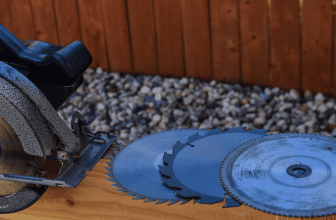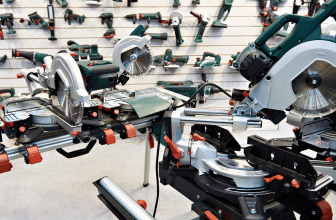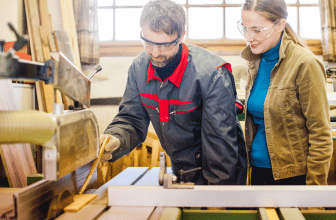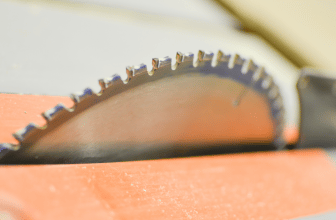How To Make Jobsite Table Saw Into Full Size Table Saw?
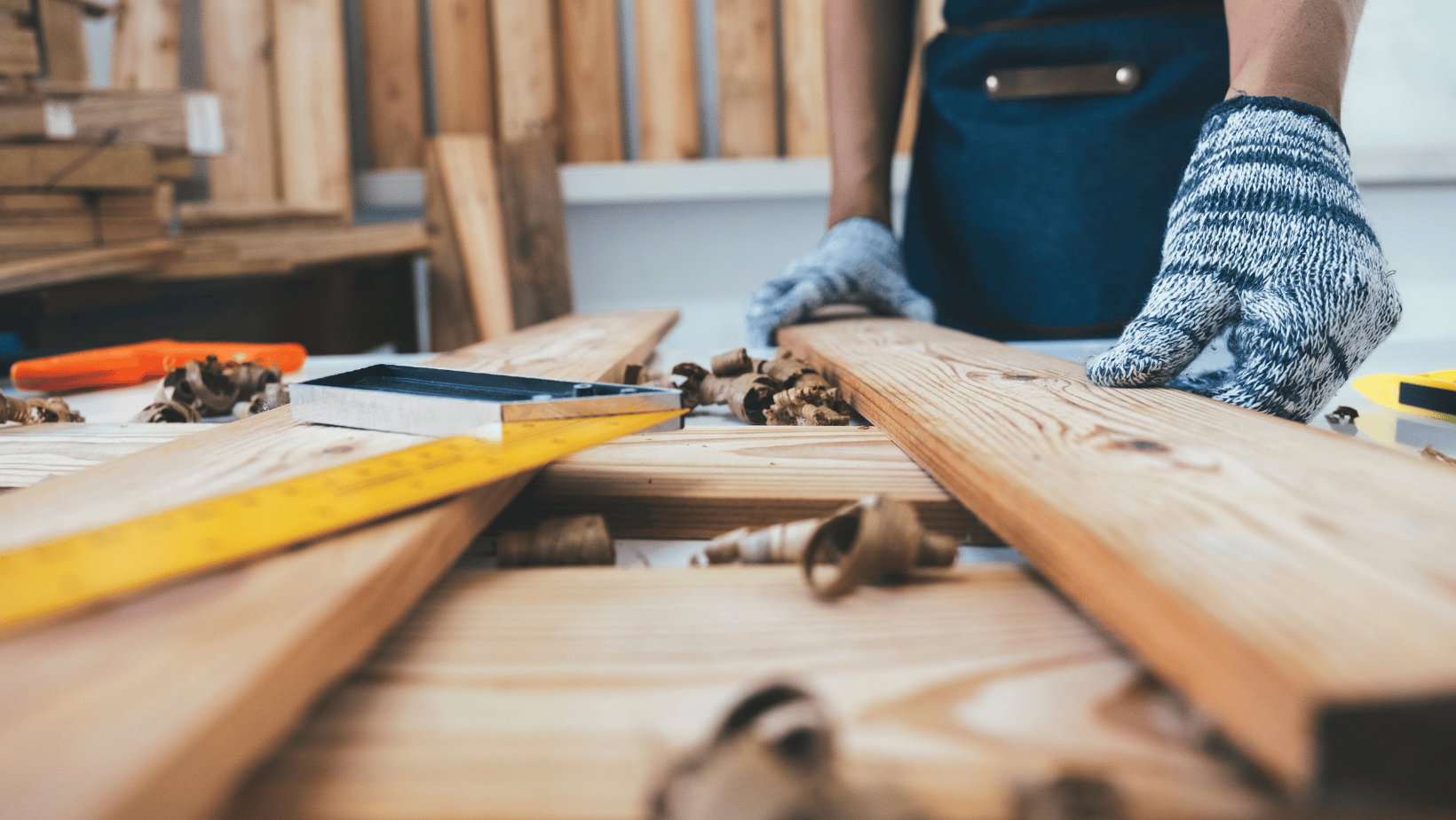
Table saws – where would we be without them? With the increase in demand for handmade wooden furniture, it is no surprise that the table saw is sure to be one of the most popular tools on the market for years to come.
Full-size table saws are usually equipped with an in-built platform that helps you in supporting your workpiece and ensures a smooth cut. Because of the sheer size of a full-size table saw, many amateur and professional woodworkers have trouble finding room to store such mammoth machines.
With so many great portable table saws on the market, and many equipped with additional features that help them stand out, these portable models are excellent. One downside of jobsite table saws? Not all models allow you the space needed for more significant woodworking projects.
If you have found your way here, you are likely looking to learn how to make a jobsite table saw into a full size table saw.
Our answer? You can build a workstation!
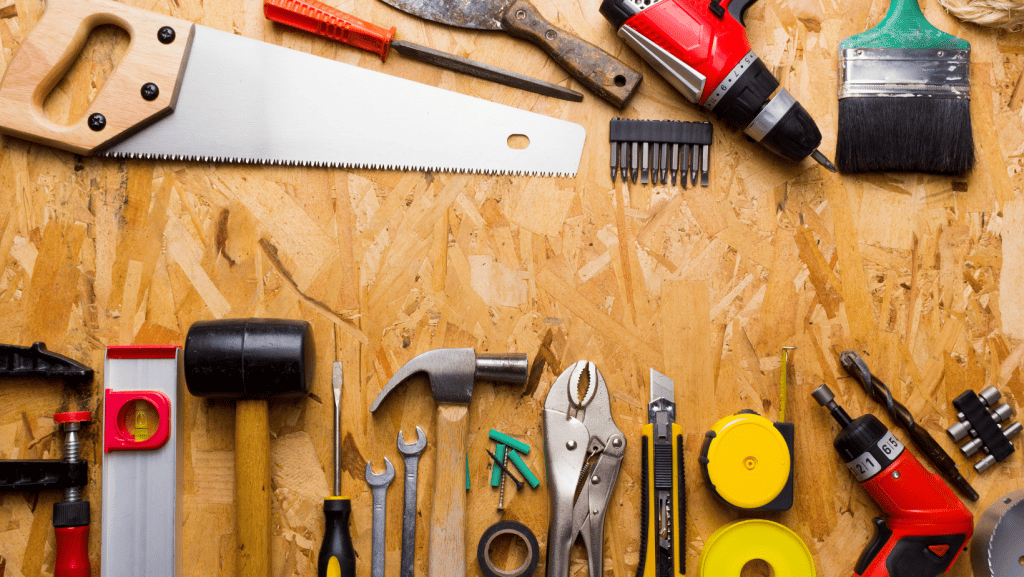
You must use some high-quality materials to build a high-quality workstation for your jobsite table saw. You will need the following:
- Portable table saw. (You will be building your workstation with it!)
- Measuring tape
- Drill
- Nails
- Screws
- Hammer/nail gun
- Sander
- Sandpaper
- Jigsaw
- Polyurethane: (To protect the surfaces of your workstation)
- Wood glue
- 1 x good quality wood board
- 4 x plywood sheets
Choose the Best Wood
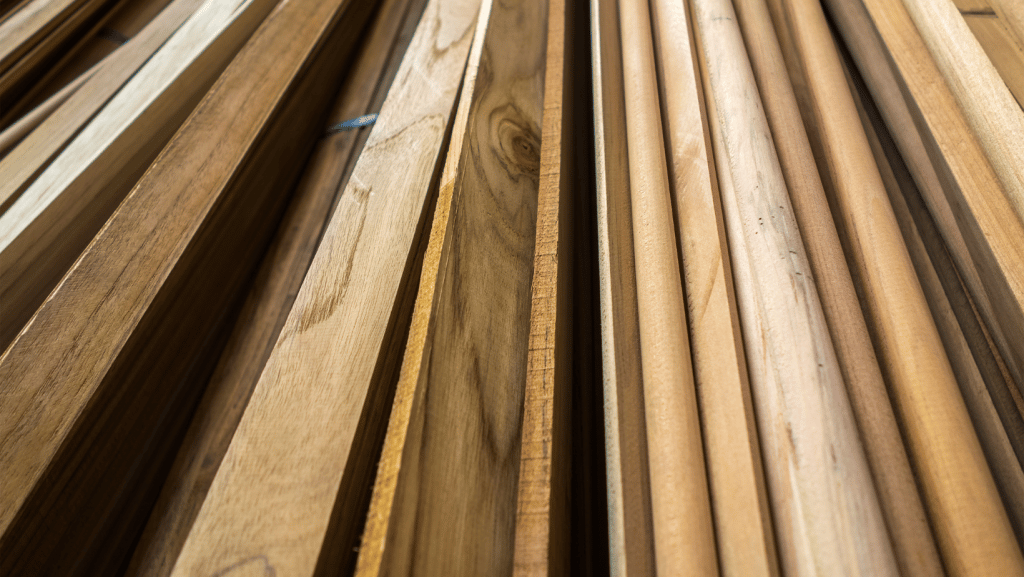
We recommend a good quality oak for this project. Good oak boards measuring 2 inches x 8 inches x 8 feet will be ideal. You should also find some quality lumber for the table support and the legs, as you need these to be strong, sturdy, and durable.
Measurements
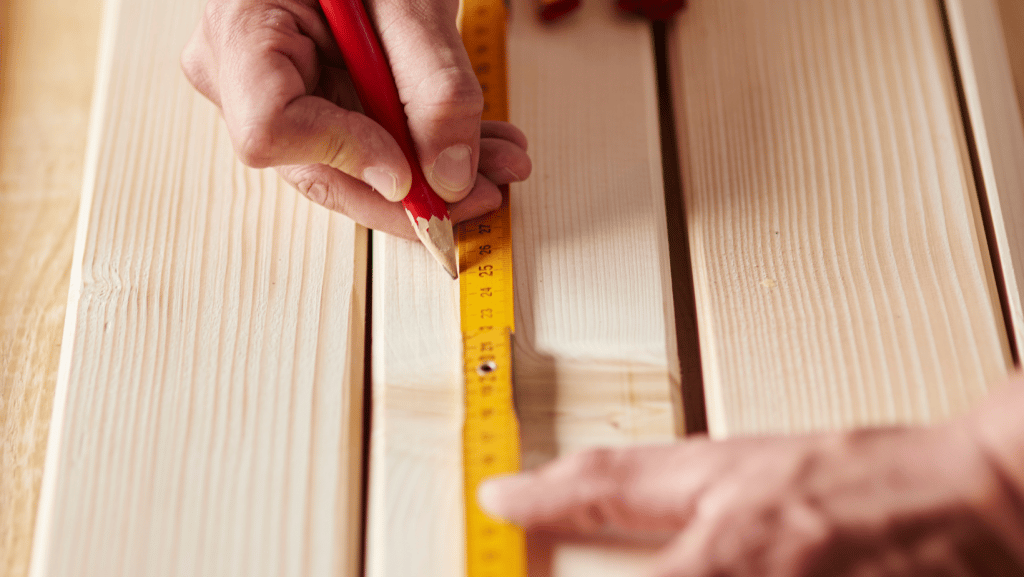
Build The Frame
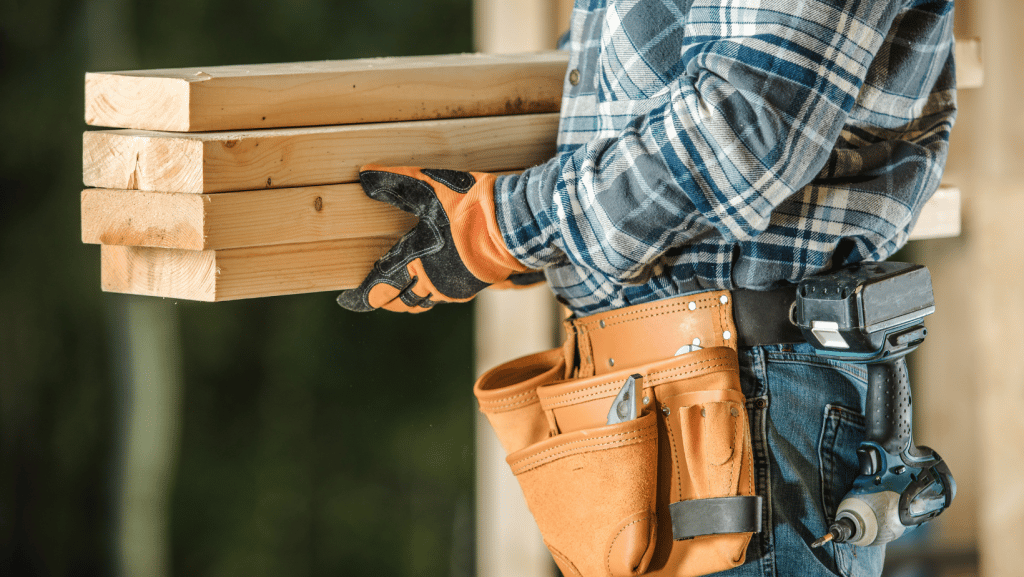
Think of Panelling and Additions
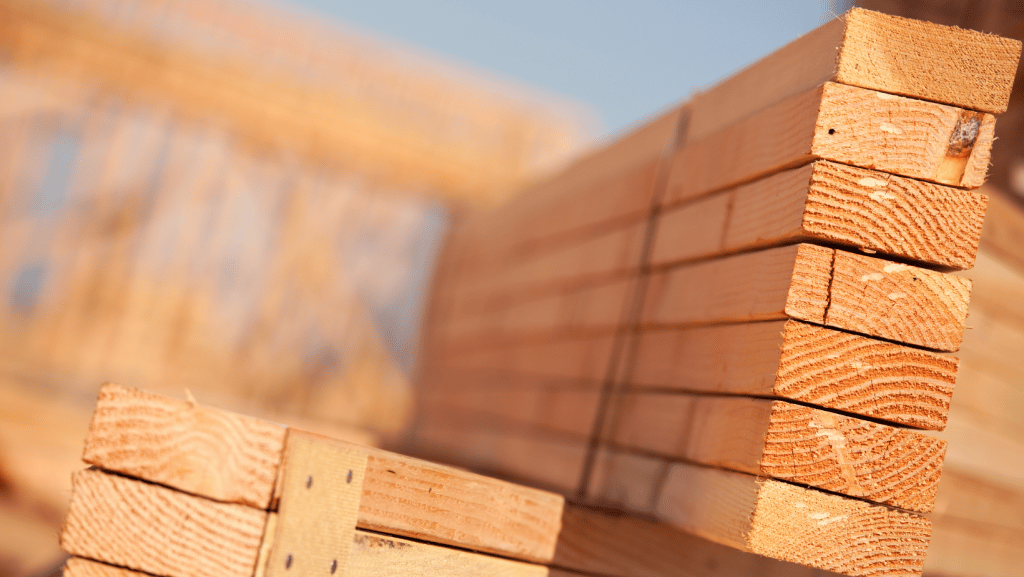
Final Steps
Now you can incorporate the jobsite table saw. With a strong friend, lift the jobsite table saw into the hole in the tabletop. It should fit like a glove.
Using the sandpaper, smooth over rough surfaces to ensure a uniform and clean-looking workspace. We have found that 150-grit sandpaper is the best for this.
Now cover your tabletop with polyurethane to prevent any unsightly scratches and reduce water absorption by the wood that can lead to wood warp and your tabletop deforming.
Our Final Thoughts: How To Make Jobsite Table Saw Into Full Size Tablesaw
Following these simple steps for how to turn a jobsite table saw into a full workstation means that whether you are a pro or a novice in woodworking, you can make a durable and professional workstation with ease.
Are you looking to buy a new jobsite table saw to sit in your workstation? You should check out our ultimate guide to jobsite table saws. Our in-depth guide includes a breakdown of all the best saws on the market now!

